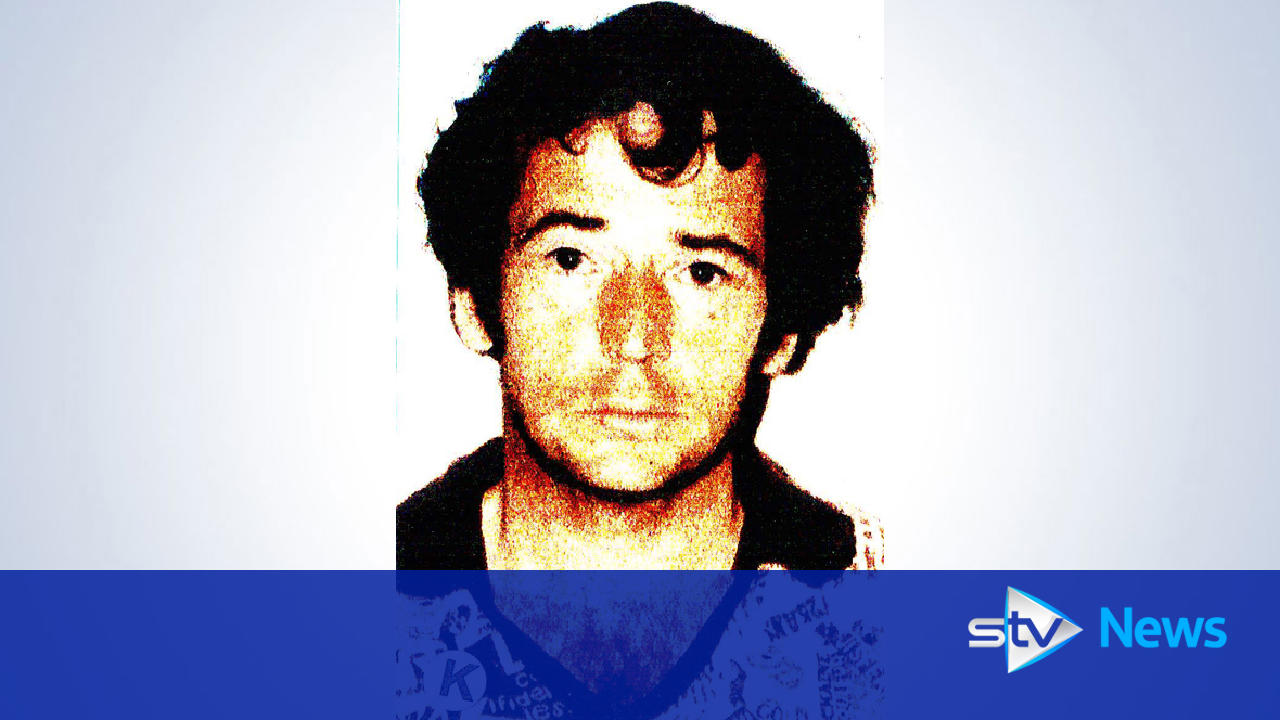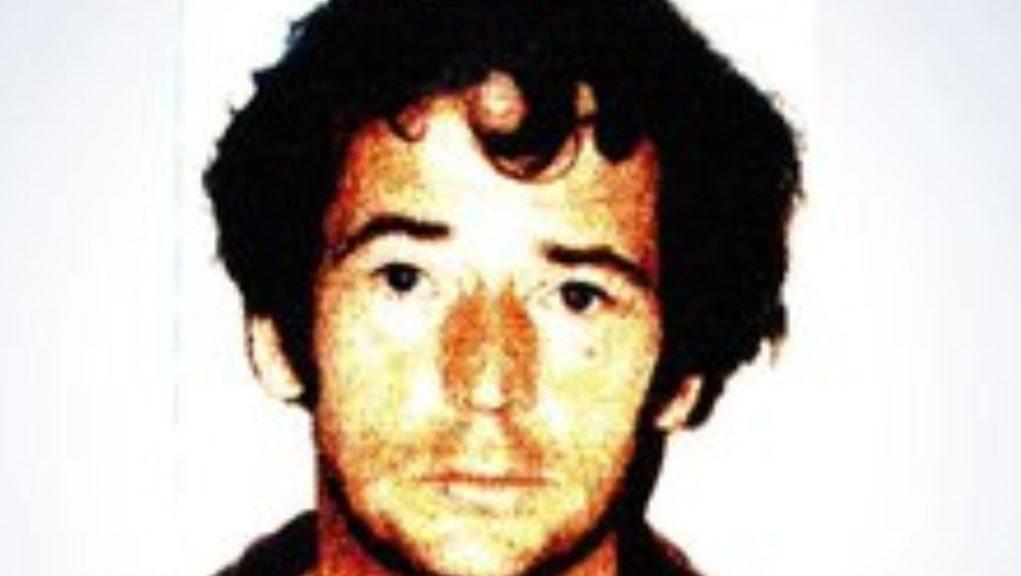

Six of these local rulers are for the first The earldom of Dunbar was a further creation of the early 11th century, although it was only called as

Norwegians (King William I "the Lion" revived the earldom of Caithness to increase his territorial control in the old province). During the 10th century the province of Argyll was added, and in theġ1th century Buchan separated from Mar, while Caithness was conquered by the In the 10thĬentury, the title changed to " Mormaer" or Great Maer or Inferior only to the " Ardri" or Supreme King. The ruler of each province bore the title " Ri", Mar, Moray and Strathearn, corresponds to the seven provinces into which Scotland north of the Firths of Forth and Clyde was divided in the 9th century, reputedly ruled by The first group of seven earldoms, Angus, Atholl, Caithness, Fife, Out below are arranged in approximately chronological order of creation of their The chapters on the Scottish earls and lords which are set HEBRIDES, KINGS of the ISLE of MAN, LORDS of the ISLES. EARLS of ORKNEY 1140-1231, HOUSE of DUNCANĭ. After a funeral at St Peter’s Anglican Church, Eastern Hill, Melbourne, she was buried in Flinders cemetery, Victoria. Her working relationship with Hawke ended only when she died of cancer on 9 September 1991 at East Melbourne. Freudenberg, who shared an office with her on Hawke’s staff, saw her as ‘a river of calm’ (Hawley 1988, 18). In Canberra as in Melbourne, she was admired and respected for her quiet strength, her common sense, her warmth, and her wry humour. Although she did not seek to influence policy decisions, her opinion was often sought. Remaining factionally unaligned, she was perceptive and honest in her judgements and Hawke valued her as a sounding board. Graham Freudenberg described her as ‘Hawke’s right arm’ (Ramsey 1991, 25). Sinclair was Hawke’s senior adviser for eighteen years, a loyal friend, confidante, and defender. Although Jean enjoyed opera and reading, her weekend leisure was frequently interrupted by phone calls. Both committed to their work, the Sinclairs shared weekends in their terraced house in East Melbourne or in Adelaide or Canberra. He returned to Melbourne as dean of the faculty of economics and politics at Monash University in 1983, just as Hawke’s accession to the leadership of the Opposition and subsequent election as prime minister ensured that Canberra would be the centre of Jean’s activities. In 1973 Angus Sinclair had been appointed professor of economic history at Flinders University, Adelaide. When, in 1980, Hawke was elected to the House of Representatives for the seat of Wills, Sinclair became his senior political staffer.
Angus sinclair childhood professional#
Small with elfin features and a warm smile, Sinclair ruled the office pleasantly but firmly, determining who had access to Hawke, driving him to appointments, travelling with him, and handling with calm efficiency his public and personal affairs, while maintaining a professional distance between them. She joined the ALP while working at the ACTU. Six weeks after she began, Hawke’s appointment to the presidency of the Australian Labor Party increased the volume of work. Although she claimed to know nothing about unionism, she rapidly reduced the chaotic office of the ACTU to order.

In 1973 Sinclair responded to a small advertisement in the Age and was appointed personal assistant to the president of the Australian Council of Trade Unions, Robert J. They spent a sabbatical year overseas in 1970.

On 4 March 1968 at John Knox Presbyterian Church, Gardenvale, she married William Angus Sinclair, who had been her economic history lecturer. Her work included stints in the company’s office in New York. Returning to Melbourne, she took a post with McKinsey & Co., international management consultants, as a researcher working with (Sir) Roderick Carnegie. After working for an investment consultant, James Cowan, she toured Europe and the Soviet Union. Matriculating at the age of sixteen, she proceeded to the University of Melbourne (BCom, 1960). In her final year she was appointed a councillor (prefect). Jean was educated (1946-56) at Merton Hall (Melbourne Church of England Girls’ Grammar School), where she studied British history, social studies, English, and biology. When she was six she migrated to Melbourne with her family they settled at Brighton. Jean Dorothy Noelle Sinclair (1940-1991), political staff worker, was born on at Coulsdon, Surrey, England, third of five children of Alec Morgan Parker, actuary, and his wife Caroline Noelle, née Perkins.


 0 kommentar(er)
0 kommentar(er)
